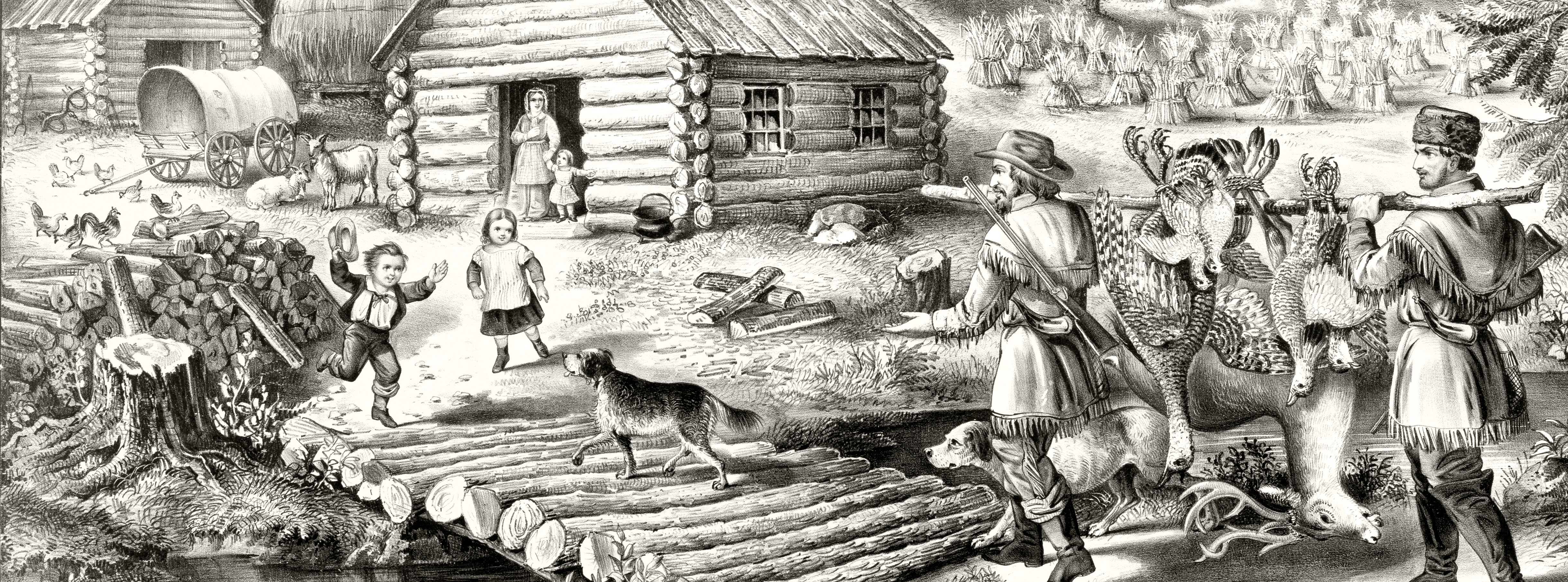Long before the days of refrigeration, pasteurization, or canning, our ancestors found creative ways to sustain themselves on the battlefield and during long, difficult journeys.
Two of their go-to sources of sustenance were the dried “cracker” called hardtack (discussed at length here) and a dried meatball known as pemmican.
According to Britannica, pemmican is “dried meat, traditionally bison (moose, caribou, deer, or beef can be used as well), pounded into coarse powder and mixed with an equal amount of melted fat, and occasionally saskatoon berries, cranberries, and even (for special occasions) cherries, currants, chokeberries, or blueberries.” It is traditionally rolled into a ball, resembling a meatball, and can be stored for long periods.
Since pemmican is easy to store for long periods of time and can provide enough sustenance in survival situations, it is a food source that should not be relegated to the past. It is wise for our generation and those following us to know the history of pemmican and how to make it.
The Popularity of Pemmican throughout North America
Another staple for early Americans was pemmican, which is a type of dried meatball. According to the Ellsworth American, “Pemmican has quite a storied history. Because it is a dense, high-energy food that is long-lasting and light to carry, it became a staple for explorers, trappers and fur traders in the early 19th century Northwest. A Canadian explorer and fur trader, Peter Pond, is credited with introducing it to the fur trade in the early 1800s. No doubt he learned how to make pemmican from Northwest aborigines, who traditionally carried pemmican made from dried, powdered bison and bison fat.”
In fact, pemmican became such a popular commodity in this region that a governor drafted the Pemmican Proclamation, which forbade the exportation of pemmican. As a result of the proclamation, outfitters were unable to supply it in their trading posts. This almost resulted in a war with the Metis people. The proclamation didn’t last long.
Our ancestors learned how to add a variety of ingredients to the basic dried meat and rendered fat mixture to make it tastier. For example, some would add molasses, bacon, nuts, and berries. However, the additions to the pemmican can shorten its shelf life.
How to Make Your Own Pemmican
When you are ready to make your own pemmican, here’s a recipe to try from Wilderness College.
Ingredients
- 4 cups lean meat (deer, beef, caribou, or moose)
- 3 cups dried fruit
- 2 cups rendered fat
- Unsalted nuts and about 1 shot of honey
Instructions
- Meat should be as lean as possible and double ground from your butcher if you do not have your own meat grinder.
- Spread it out very thin on a cookie sheet and dry at 180 degrees F for at least 8 hours or until sinewy and crispy.
- Pound the meat into a near powder consistency using a blender or other tool.
- Grind the dried fruit but leave it a little bit lumpy for texture.
- Heat rendered fat on the stove at medium until liquid.
- Add liquid fat to dried meat and dried fruit and mix in nuts and honey.
- Mix everything by hand.
- Let cool and store. Can keep and be consumed for several years.
Pre-Made Survival Foods to Keep on Hand
Unlike our ancestors, we have a wider variety of survival rations available to us. Pemmican has its uses—and we recommend giving them a try—but they can’t replace even more nutritious and calorie-dense rations. For example, the Ready Hour 2,400 Calorie Emergency Ration contains 12 bars with 200 calories each. They’re designed for land, sea, or any situation where normal supplies of food are unavailable.
They are meant to complement dehydrated foods and not as a replacement for meals. Ideally, your emergency food supplies should contain a variety of food choices, such as proteins, veggies, and emergency food supplements.

